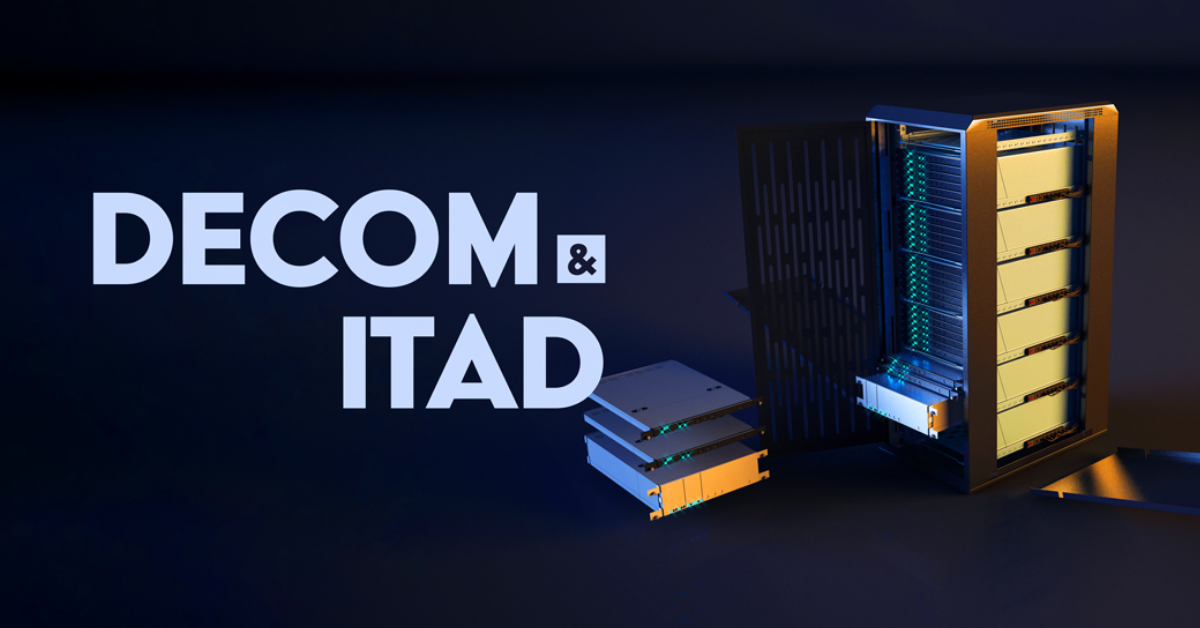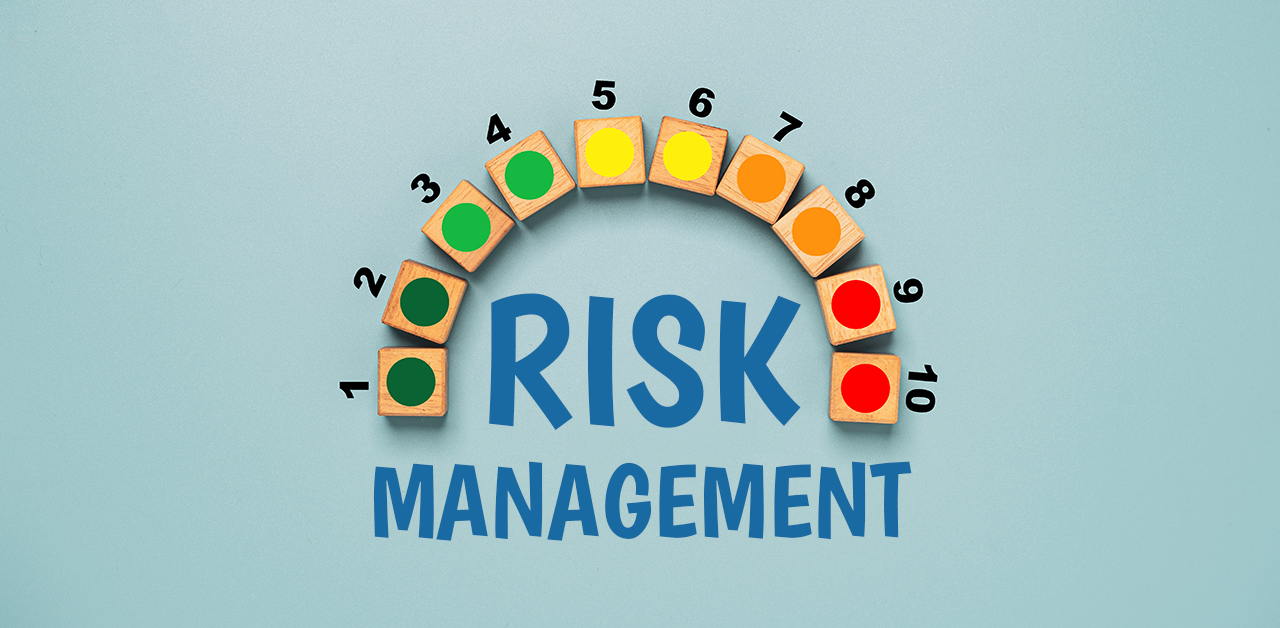
Data Center Decommissioning and ITAD
Decommissioning a data center can be very complex and overwhelming. When it’s time to get rid of all your IT equipment, it’s imperative to have a strategy in place for secure and timely disposal. This is where IT Asset Disposal (ITAD) comes into play.
IT asset disposition (ITAD) is the process of securely disposing of or repurposing retired IT equipment. This includes servers, storage devices, networking equipment, and other IT assets. ITAD service providers can assist organizations in properly erasing data from retired equipment, ensuring that sensitive and private data is not compromised. This process usually includes a combination of physical destruction, data wiping, and certification of data destruction.
ITAD service providers can also help organizations recover value from retired equipment through resale or recycling. Additionally, ITAD service providers can evaluate, uninstall, and transfer equipment, ensuring that the process is handled in a timely and efficient manner.
It is important to work with a qualified and reputable ITAD service provider to ensure that your organization’s data and assets are properly protected during the decommissioning process of a data center.
In summary, the ITAD process for data centers involves five key stages: assessment, deinstallation, data destruction, value recovery, and disposal.

- During the assessment stage, an ITAD service provider evaluates the condition, functionality, and value of the assets, and assesses the type of data held on each device to create a list of assets that need to be disposed of. This assessment helps determine the best course of action for the assets, whether it is refurbishment, resale, or recycling.
- During the deinstallation phase, the IT assets are removed from their current location and prepared for transportation to the ITAD facility, including disconnection from systems or networks, removal of data storage devices, and packing and labeling for transport.
- The data destruction phase ensures the protection of sensitive data by removing it from the assets through methods such as physical destruction, overwriting, or degaussing. The ITAD provider will then provide a certificate of data destruction.
- In the value recovery phase, any remaining value in the assets is identified through refurbishment, resale, or the recovery of materials for recycling, and an agreement on revenue-sharing is drafted.
- Finally, in the disposal stage, any assets that have reached the end of their lifecycle and have no further tangible value are disposed of in an environmentally responsible manner, such as recycling.


Choosing the right ITAD provider is crucial for ensuring that your organization’s end-of-life IT equipment is handled and disposed of properly, while also protecting sensitive data and maximizing the value of assets. It is important to choose a trusted industry expert with the necessary experience and certifications, and that is compliant with all relevant industry regulations.


